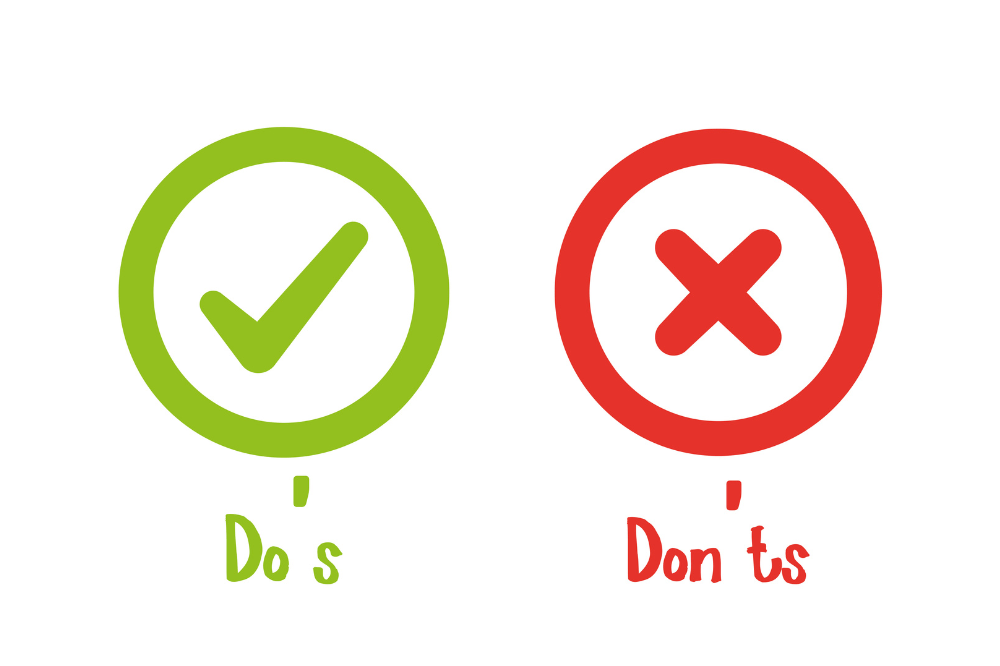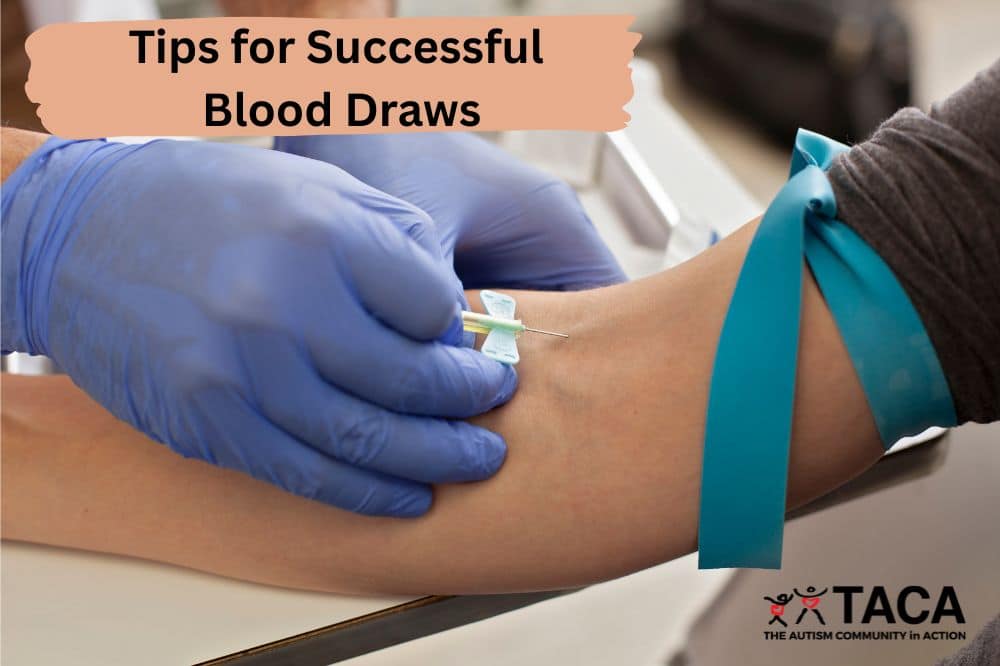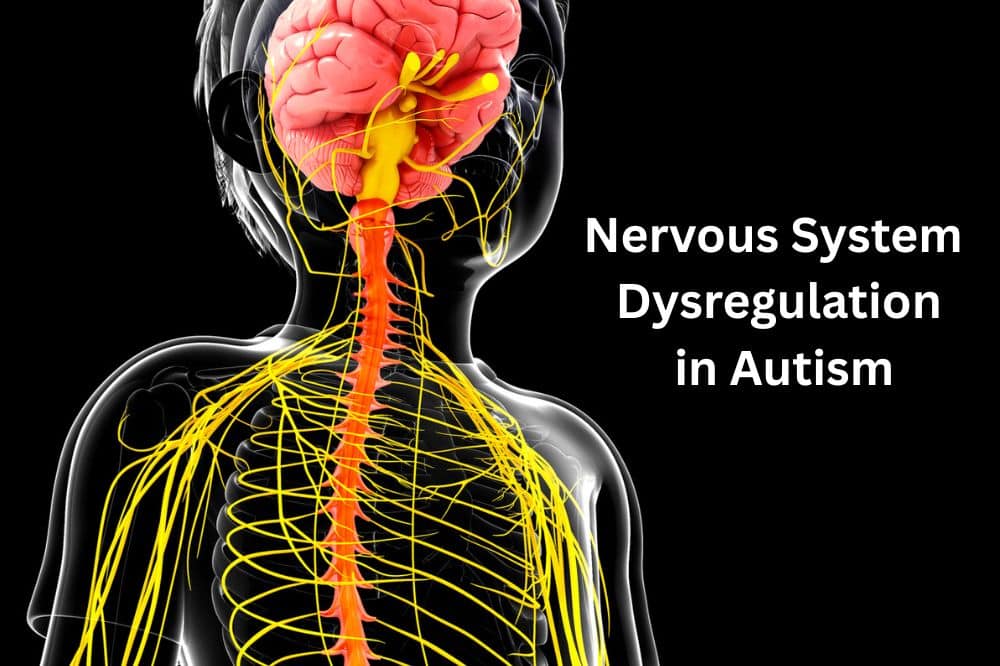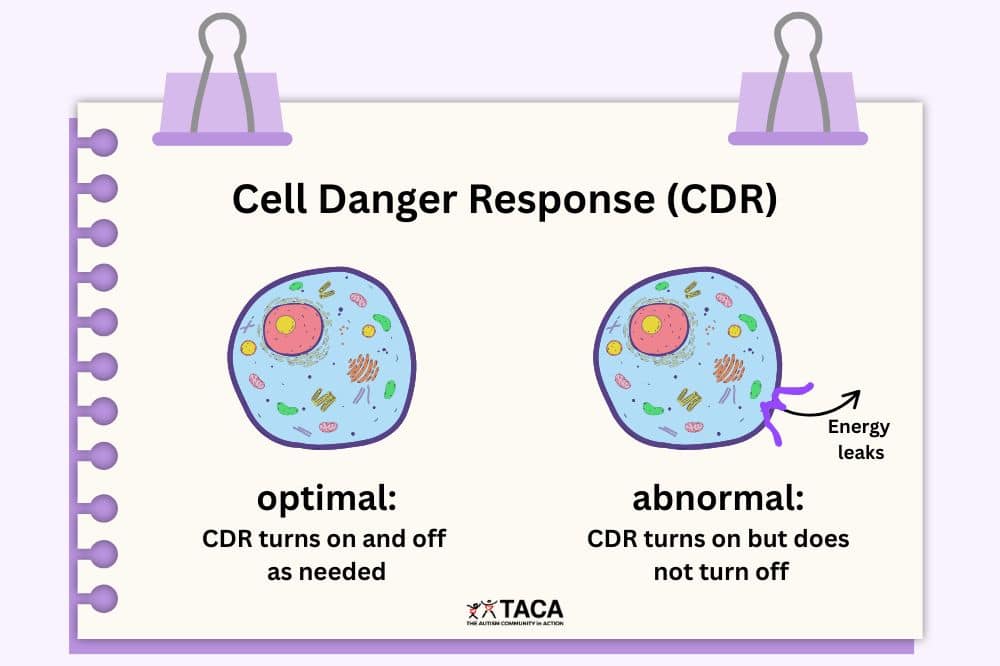Crushes, Dating, and Romantic Relationships

All contents of this resource were created for informational purposes only and are not intended to be a substitute for professional advice, diagnosis, or treatment. Always seek the advice of your physician, therapist, or other qualified health providers with any questions or concerns you may have.
Many people on the autism spectrum desire love and companionship like anyone else. But navigating the complexities of dating and romantic relationships can be challenging. Parents must proactively teach and support their children, particularly regarding relationships, boundaries, and consent.
In this article, we will explore:
- Crushes
- Appropriate Interactions and Boundaries
- The Importance of Consent
- Dating
- Sexual Relationships
- Handling Rejection

Crushes
The journey of romance begins with a crush. For individuals with autism, interpreting these new feelings and emotions can be confusing and overwhelming.
- Firstly, acknowledge that these feelings are natural and valid.
- Keep open communication with your child about their feelings and how they intend to express them. Be supportive.
- Encourage your child to seek advice from a trusted adult if they are uncomfortable discussing their new feelings with a parent.
- Remember, kids start experiencing romantic feelings, crushes, and even sexual feelings around puberty, no matter their developmental level.
- If your child finds it difficult to understand or share these natural emotions, as a parent, it’s key to know these feelings can still occur and may be acted upon.
- Begin working with a therapist that can help address these emotions and teach social skills around them before puberty starts.

Appropriate Interactions and Boundaries
Interpreting social cues can be challenging for individuals with autism. Inappropriate interactions often arise from misunderstandings about social boundaries. Sometimes, people with autism might unintentionally cross these boundaries due to a lack of understanding. Unfortunately, this can lead to serious unintended consequences. In addition, not understanding appropriate interactions and boundaries also sets a person up to be taken advantage of.
- At home or with a therapist, teach:
- Social cues
- Personal space
- Asking permission before touching
- Nuances of verbal and non-verbal communication
- How to remove themselves from an unsafe situation
- How to report when someone behaves inappropriately
- Some educational strategies for teaching these skills include:
- Social skills classes
- Role-playing
- Social stories
- Video modeling
- Speech and communication therapy
- Because these skills are difficult and take time to learn, it is important to start teaching appropriate interactions and boundaries from a young age.
- However, for individuals with severe to profound autism, these boundaries can be challenging to comprehend.
- This lack of understanding can sometimes lead to innocent yet inappropriate behaviors.
- Touching without permission is a serious issue that is commonly seen in autism. Autistic individuals may not realize that holding hands, hugging, or touching someone’s hair may be perceived as invasive.
- Therefore, teach clear and consistent boundaries and consent.
- Always ask before touching someone, even if it is a family member.
- Parents should model these boundaries for their children and require other family members to do the same.
- Innocently following their crush around due to their intense interest or affection can be perceived as stalking.
- Teach personal space and everyone’s right to privacy.
- Explain the difference between showing interest and invading someone’s personal space.
- If this remains an issue, your child may need a support person to walk with them and intervene if they begin to follow a crush.
- Autistic individuals may make inappropriate comments, not realizing their impact due to social awareness and communication difficulties.
- For example, they might comment on someone’s physical appearance in an inappropriate manner.
- To address this, teach appropriate social skills and conversation topics.
- Additionally, explain why certain comments may be hurtful.
- Finally, use role-playing to practice these skills.
- Hugging everyone a person meets can be seen as friendly and sweet when a child is young. However, once a child reaches puberty, it is no longer appropriate to hug strangers and acquaintances.
- Social stories and role-playing can be useful tools to teach when it is appropriate to hug people.
- A color-coded list of people that are safe to hug can also be beneficial.
- Always remember, the goal isn’t to stop affection but to teach a respectful and socially acceptable way of expressing it.
The Importance of Consent
Essentially, consent is having permission or agreement for something to happen. It can be broken down into three parts.
- Respecting the other person’s right to say “no.”
- Understanding non-verbal signals that imply “no.”
- Understanding that consent can be withdrawn at any time.
- Ideally, consent should be taught from a young age.
- For example, they should ask permission and wait for a response before playing with someone else’s toy or hugging someone.
- Likewise, your child should not be forced to give hugs or allow someone to touch them without permission.
- Starting young sets the stage for healthy, consensual relationships.

Dating
Dating is a tricky endeavor for anyone. For someone with autism, these complex social dynamics can be puzzling and difficult to navigate. However, this does not mean that people with autism cannot date or enjoy romantic relationships. If your child is interested in dating, here are a few things to consider when supporting them.
- Dating involves understanding other people’s feelings, expressions, and responses.
- Work on this complex skill through social skills classes and role-playing.
- Talk through your interactions with your child to explain what you are feeling and your responses.
- Give your child many opportunities to interact and practice interpreting others’ emotions in a safe space with feedback.
- Together, explore books that teach dating skills.
- All things considered, teach your child safe dating practices.
- Always let friends and family know where you are going, who you are with, and when to expect you back home.
- Each person should have their own transportation.
- Meet the other person at the location of the date.
- Meet in a public, safe spot.
- At the beginning of the dating relationship, do not give out personal information like address, workplace, or times you are home alone.
- Be aware of your food and drinks and never leave them unattended.
- Go with a trusted friend or on a group date.
- Research your date online and look for suspicious activity.
- Stay sober.
- Finally, trust your instincts. If you feel uncomfortable, leave your date.
- Find a therapist or coach that can help your child prepare and navigate dating relationships.
- Keep in mind, online dating platforms and apps often harbor individuals who may have bad intentions or aim to scam others.
- So, it is crucial for your child to know how to tell genuine people apart from potential threats.
- If you are concerned about safety, consider asking your child if you can check their online profiles and conversations to ensure their safety.
- By all means, stay away from dating apps if your child does not understand how to avoid scams.
Sexual Relationships
Entering a sexual relationship is a significant step that requires understanding, communication, and, most importantly, consent. This is a critical topic for everyone, and individuals with autism are no exception.
- First, a person needs to understand one’s body and sexual health.
- Explicitly teach puberty, reproductive health (including birth control methods), and safe sex practices to prevent sexually transmitted infections.
- Encourage regular sexual health check-ups with a doctor.
- Respecting personal and sexual boundaries is fundamental to any relationship.
- Role-playing scenarios, social stories, or explicit discussions about what constitutes appropriate behavior can help teach these concepts.
- Additionally, emphasize that boundaries can change and differ from person to person.
- Keeping clear and open communication with your partner is vital to understanding and respecting these boundaries.
- Communication skills can be improved over time with practice and guidance.
- Find a therapist, coach, or sex educator who can be a safe and trusted resource to support your child.
- Many autistic individuals experience sensory processing issues, which can significantly impact sexual relationships.
- Some may be hypersensitive to touch, taste, smell, sight, or sound.
- While others may require more intense stimuli to register sensory information.
- These sensitivities can complicate physical intimacy or even make it impossible.
- As a result, encourage your child to communicate with their partner about these sensitivities and find solutions.
- Finally, support your child and remind them there is no shame in seeking help and advice.
- Again, having a therapist, coach, or sex educator as a safe, trusted resource can be invaluable in this situation.

Handling Rejection
Rejection is an unavoidable part of dating. For people with autism, this can be a particularly distressing experience.
- To begin with, all people need emotional awareness and an appropriate expression of their emotions, such as disappointment, anger, and sadness.
- Again, start young, teaching emotions and ways for your child to express themselves.
- Visual aids, such as emotion charts, can be helpful in identifying and expressing emotions.
- Secondly, normalize rejection.
- Specifically, explain to your child that rejection is a universal experience in life and that it does not define their value as a person.
- Use real-life examples of rejection to illustrate how everyone faces it at some point in their life.
- Reinforce that it is normal to feel upset, but it is not okay to act out inappropriately.
- Healthy coping skills should be explicitly taught to help your child have healthy ways of coping with disappointment and sadness.
- For example, practicing deep breathing, expressing feelings through art or writing, and other calming techniques.
- Resilience building is crucial to navigating all aspects of life.
- Encourage your child and help them understand that rejection is not a reason to give up.
- Moreover, rejection can be an opportunity for learning and growth.
- Finally, seek professional help if your child’s struggles with rejection go beyond your capacity.
Conclusion
Navigating the world of dating and romantic relationships poses unique challenges for individuals with autism, particularly those with severe or profound autism. From developing crushes to dealing with rejection, each step of the journey requires understanding, patience, and guidance. Understanding social norms and boundaries can be perplexing, often leading to innocent yet inappropriate interactions. It’s essential to provide clear and consistent teaching about these issues, ensuring that respect and consent are the base of these relationships.
Additional Resources
Organization for Autism Research (OAR): Sex Ed for Self-Advocates
Autism Parenting Magazine: Autism Dating- An Honest Dating Guide for Autistic People
Autism Speaks: Dating- Tips for autistic teens and adults
Book Recommendations
Life Skills 101:All You Need, But Won’t Learn in School by Ivi Green (has a section on relationships)




